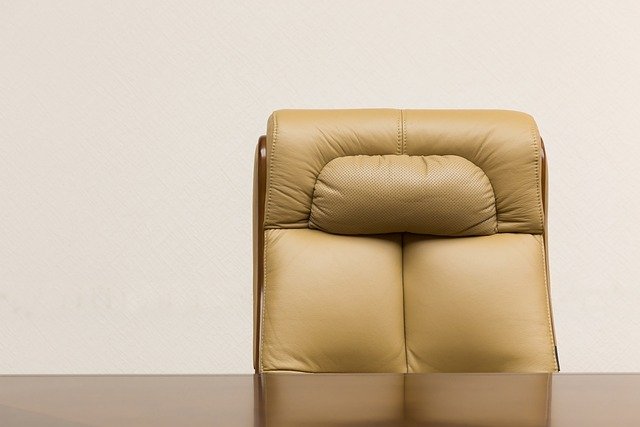Gaming Chair: Features, materials, and ergonomic guidance
A gaming chair is a specialized seating option designed to support long sessions at a desk or console while balancing comfort, adjustability, and material choices. This article explains how different features — from armrests to foam and upholstery like leather or mesh — affect posture, temperature management, and long-term durability across typical use cases.

This article is for informational purposes only and should not be considered medical advice. Please consult a qualified healthcare professional for personalized guidance and treatment.
Seating: how a chair supports posture
Seating design determines how weight is distributed and whether a chair promotes a neutral spine. Look for a chair with a contoured seat pan that supports the ischial tuberosities (sitting bones) and encourages a slight forward tilt or flat plane to avoid pelvis posterior tilt. Depth and width matter: enough depth for thigh support without pressing the back of the knees, and enough width for natural hip placement. Integrated lumbar support or a height-adjustable lumbar pad helps maintain the natural lumbar curve. Proper seating reduces fatigue and helps maintain productivity during long gaming or work sessions.
Armrests: adjustability and placement
Armrests influence shoulder and neck tension by supporting forearms and enabling a relaxed upper body. Key adjustments include height, width (armrest pivot or slide), and angle (swivel or flip-up). Armrests that are too high raise shoulders; too low encourage slouching. When using a keyboard or controller, forearms should rest lightly with elbows near a 90-degree angle to minimize strain. Removable or adjustable armrests also allow closer access to the desk or more freedom when reclining. Consider armrest surface texture and padding for comfort during long use.
Foam: density and comfort considerations
Foam is the core of comfort and long-term resilience in a gaming chair. High-density polyurethane foam tends to provide firmer support and longer life, resisting quick compression. Lower-density foam is softer initially but can flatten faster, reducing ergonomic benefits. Some chairs use multiple foam layers — a firmer base layer for support and a softer top layer for comfort. Memory foam contours to shape but can retain heat; ventilated or open-cell foams improve airflow. When assessing foam, consider expected daily use: heavier or prolonged use generally benefits from higher-density options to maintain posture support over time.
Leather: durability and maintenance
Leather upholstery offers a particular look and feel and can be more durable than many fabrics if properly maintained. Real leather is breathable and ages differently than synthetic alternatives, developing a patina over time, but it usually costs more. PU leather (synthetic) is common on gaming chairs and mimics appearance while being easier to clean, though it may peel or crack with extended use or heat exposure. Regular cleaning with appropriate products, avoiding harsh chemicals, and conditioning (for real leather) will extend lifespan. Leather surfaces can be warmer in hot conditions and cooler in cold rooms, so consider room temperature and ventilation.
Mesh: breathability and support
Mesh upholstery is valued for breathability and flexibility. A tensioned mesh back can offer consistent support that conforms to the user’s back while allowing air circulation, which reduces heat buildup for long sessions. Mesh can be less cushioned than leather-upholstered backs, so many mesh-backed chairs pair with foam seat cushions to combine airflow and comfort. Durability depends on mesh quality and frame support; high-tension, densely woven meshes resist sagging better. For users who sweat or play in warmer environments, mesh often provides a cooler seating experience without sacrificing lumbar support when combined with a well-designed frame.
Conclusion
Choosing a gaming chair involves balancing ergonomic features, materials, and personal preferences. Seating shape and foam density affect posture and longevity; armrest adjustability helps protect the neck and shoulders; leather and mesh each offer trade-offs in durability, temperature control, and maintenance. Prioritize adjustability and support that match your body and usage patterns to reduce fatigue and maintain a neutral posture over extended sessions.






